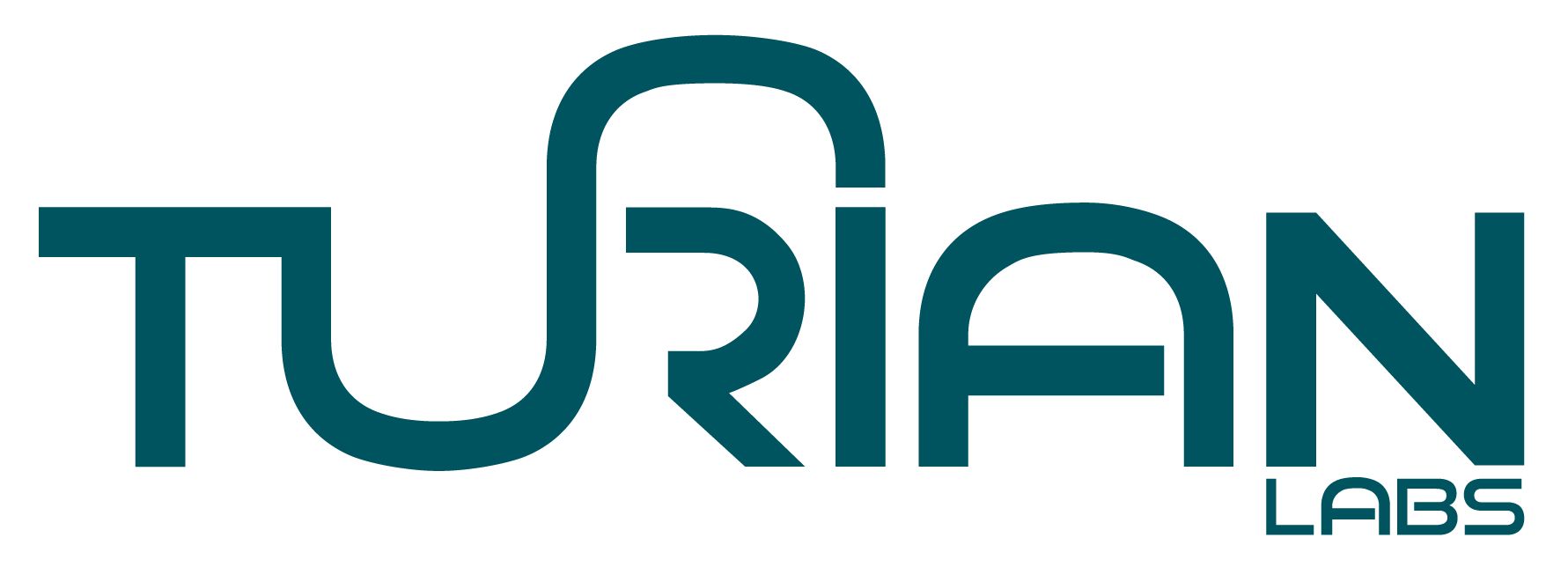UX Research to UX Design for a data infrastructure global major
Background
Turian Labs was approached by the IT-centric strategic business unit of an international conglomerate. Our goal was to improve the user experience (UX) of their data-centered infrastructure management software solutions: this solution was built by an Indian company that was later acquired by the conglomerate.
Challenges
The product was dated and had a traditional tree-view interface, where the user had to drill down through multiple levels to reach the specific location of a data-resource and see the health characteristics of a specific user.
The product was a part of a larger data infrastructure management solution, but was positioned as a ‘troubleshooting’ platform. The product had capabilities for monitoring and analytics, and needed an upgrade to match the finesse of global competitors.
Product development to date had largely followed organic feedback from the sales team and the internal assessment of senior managers. There was no consistent vision for feature enhancements, apart from the usual peer benchmarking.
Turian Labs proposed Design Thinking-led empathic research with stakeholders (internal and external), which was a novel idea for some of the management team.
TURIAN LABS’ APPROACH
The Turian Labs team reviewed the UX of competing products to scan the existing ontologies (construct of the interactions) in this domain. This helped finding immediate gaps that customers/users often see.
The team also prepared a comprehensive plan to interact with the stakeholders and users to understand their challenges and aspirations from the current/competing product.
A key challenge was that most direct users (such as a data-center executive) never interacted with the client sales team, as the sales happens through typical corporate channels. We had to nudge the client team to get us in touch with those users across the world.
An important learning was that the tree-view structure was leading to troubleshooting time ranging from a few hours to several days. As the system threw an alert, tracking the origin of the problem was not a completely online process: it involved exchanging a few emails to find out the root cause of the problem.
While the operational team used this software for ‘troubleshooting’, senior management at the data-center expected it to serve as a ‘resource planning’ tool.
Based on these inputs, we created a three-point vision for the new user experience.
TRIANGULATION: How to help the user with rapid triangulation of the problem through critical resources, critical problem alerts and most frequent alerts.
PROACTIVE INFORMATION: While retaining the tree-view as background, we provided dashboard-like landing page for the operator to see both wider and deeper.
We also suggested next steps on every screen the operator landed - i.e. the top five problems that have occurred on this node in the last week, so as to enable quicker decision making.
KEY DISCOVERIES AND CLIENT IMPACT
The Turian team prepared several wireframes to test with different stakeholders. These wireframe worked as a ‘quick prototype’ to get quick feedback from potential customers before investing in the real design. A co-creation workshop between the Turian and client teams helped weeding out features and concepts that has already been attempted, or were too complex to implement without major technology upgrade. In the same workshop, the Turian team also tested some UI concepts with the senior leaders of the client.
Based on that, a feature list was prepared with primary, secondary and tertiary focus in the UX. Later a UI layer (graphic design of the interface) was implemented. Thanks to a collaborative approach throughout, there was quick consensus on UI, (this consensus is typically slower as many opinions exists within client teams).
Our detailed design-led UX design exercise prepared the client team for the next big product upgrade, where the analytics and capacity monitoring aspects would be emphasised, which would equip the product with a competitive advantage in the global market.
